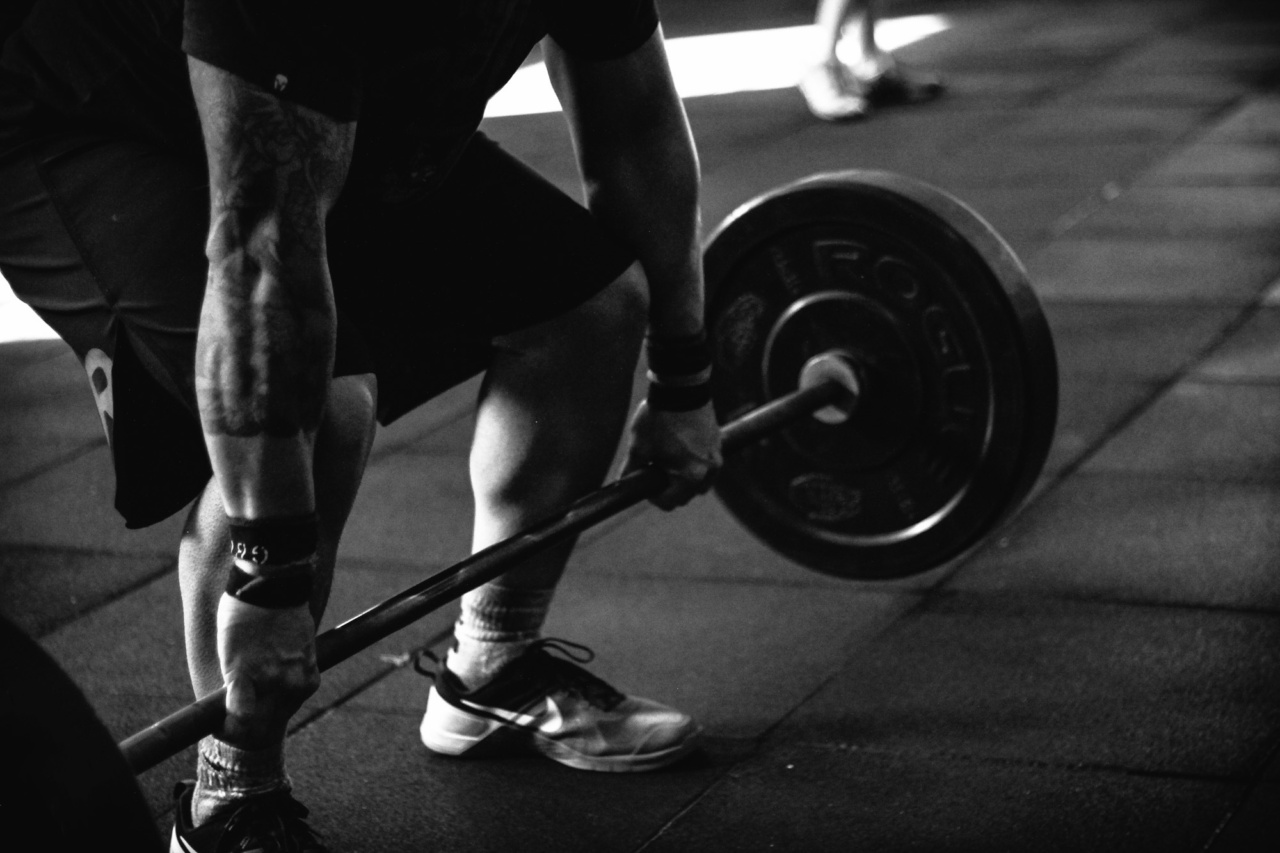When it comes to working out, the abdominal muscles are one of the most popular areas for people to target. Having a strong core not only looks great but is essential for performing everyday activities and maintaining proper posture.
However, there is a debate among fitness enthusiasts as to whether it is better to focus on great or mini muscle groups when working out the abdominals. In this article, we will explore the differences between the two and help you decide which approach is right for you.
Great Muscle Groups
Great muscle groups refer to the larger and more dominant muscle groups in the body.
In terms of the abdominals, this would be the rectus abdominis, which is commonly referred to as the “six-pack” muscle as it creates the appearance of six distinct sections in a well-defined and toned abdomen.
There are several types of exercises that target the rectus abdominis, including crunches, sit-ups, and leg lifts. These exercises typically involve a large range of motion and require a significant amount of energy to complete.
This can lead to quicker fatigue but can also be effective in building muscle mass and strength in this area.
Another benefit of targeting great muscle groups is the potential for high calorie burn. Because these exercises require more energy, they can help to burn more calories than exercises that target smaller muscle groups.
Mini Muscle Groups
Mini muscle groups refer to the smaller and less dominant muscle groups in the body. In terms of the abdominals, this would be the obliques and transverse abdominis muscles.
The obliques are located on the sides of the rectus abdominis, while the transverse abdominis is deeper within the abdomen and plays a role in stabilizing the core.
Exercises that target the mini muscle groups often involve smaller, more controlled movements, such as side planks, Russian twists, and bicycle crunches.
These exercises typically require less energy to complete and may not lead to as quick of fatigue as those that target great muscle groups.
One significant benefit of targeting mini muscle groups is the potential for improved posture and reduced risk of injury.
By strengthening the deep core muscles, you can improve overall stability and support for the spine, reducing the risk of back pain and other postural issues.
Which approach is right for you?
The answer to this question ultimately depends on your fitness goals and personal preferences.
If your goal is to build muscle mass and strength in your abdominals and want to see visible results quickly, targeting great muscle groups may be the way to go.
On the other hand, if you want to improve overall core stability and reduce the risk of injury, targeting mini muscle groups may be more beneficial.
Additionally, if you find that exercises that target great muscle groups cause discomfort or are too difficult, focusing on smaller movements may be a better fit for you.
Ultimately, a well-rounded exercise routine that incorporates a variety of exercises targeting both great and mini muscle groups is likely to be the most effective in achieving your fitness goals.
Conclusion
Whether you choose to focus on great or mini muscle groups when working out your abdominals, it is important to remember that consistency is key.
Incorporating these exercises into your regular workout routine can help to improve overall core strength and stability, leading to better posture and reduced risk of injury.




























